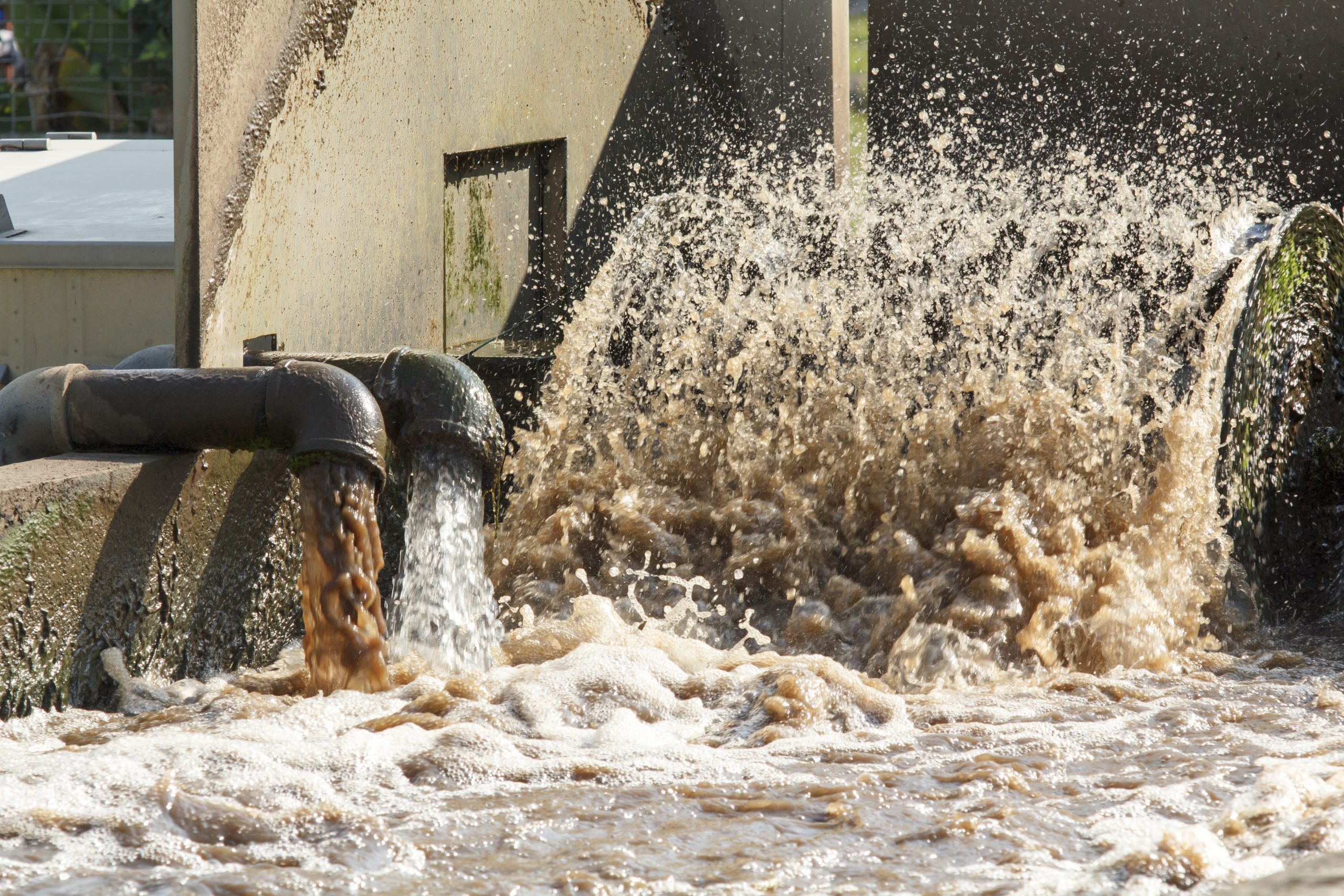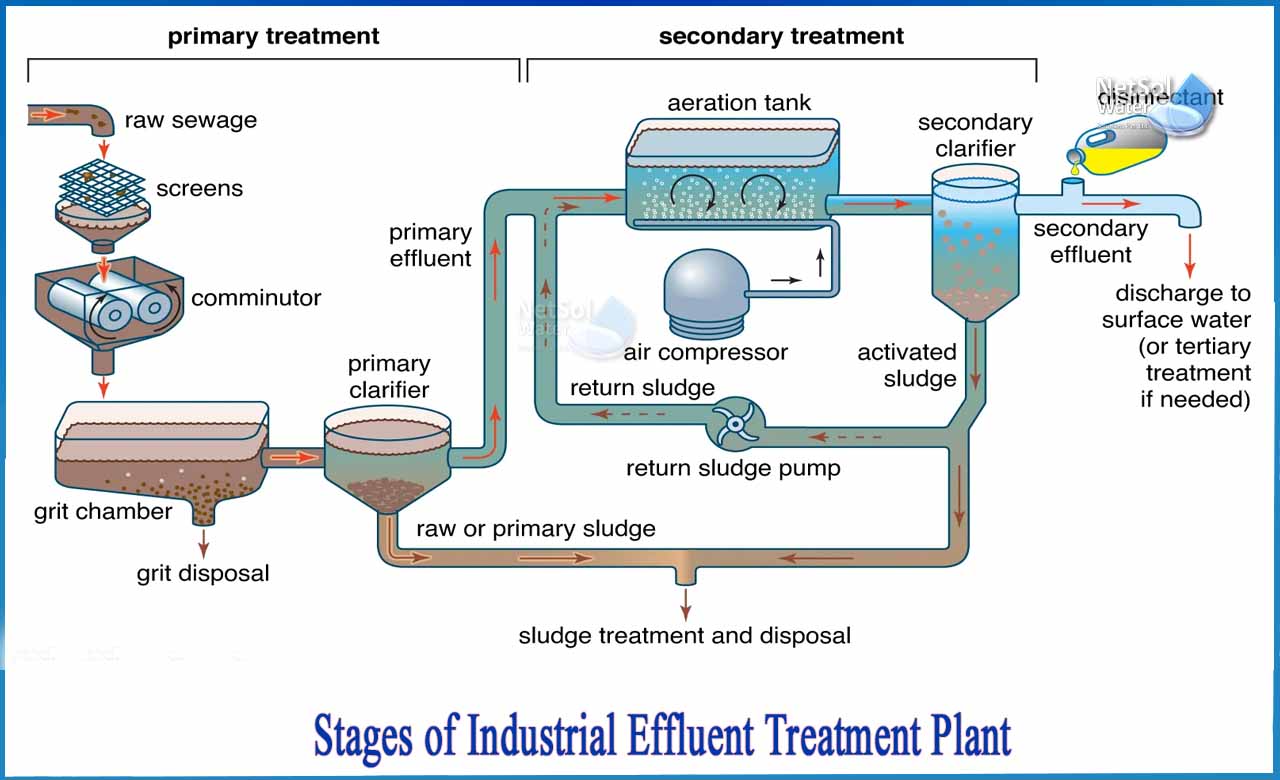Industrial Waste Water Treatment-- Safeguard the Setting with Professional Water Treatment Providers
Industrial Waste Water Treatment-- Safeguard the Setting with Professional Water Treatment Providers
Blog Article
Advancements and Advancements in Hazardous Waste Water Treatment Technologies
The landscape of industrial wastewater therapy is undergoing a transformative change, driven by innovations that boost both efficiency and sustainability. Arising technologies, such as membrane layer bioreactors and microbial fuel cells, are redefining pollutant removal processes while adding to energy generation. In addition, resource healing methods are getting grip, lining up with round economy concepts. As regulatory requirements progress, the integration of AI and device learning into wastewater management systems assures to enhance operations and make certain compliance. Nevertheless, the complete implications of these advancements increase crucial questions regarding their scalability and long-lasting effect on industry methods.
Review of Drainage Therapy Technologies
Wastewater treatment innovations encompass a variety of approaches made to eliminate pollutants from industrial effluents prior to their launch into the environment. These modern technologies are essential for keeping environmental balance and ensuring conformity with ecological policies. The primary groups of wastewater treatment include physical, chemical, and organic methods, each offering unique purposes based upon the nature of the pollutants present.

Biological treatment techniques use microbes to degrade raw material, making them specifically effective for organic-rich effluents. Techniques like triggered sludge and biofilm reactors harness the all-natural destruction capacities of bacteria, resulting in considerable reductions in biochemical oxygen need (BODY)
Advanced Purification Strategies
Advanced purification strategies represent a vital development in the world of commercial wastewater therapy, improving the effectiveness of pollutant elimination processes. Industrial Waste Water Treatment. These techniques include a variety of innovations, including microfiltration, ultrafiltration, nanofiltration, and reverse osmosis, which offer sequential barriers for various particle sizes and chemical frameworks
Microfiltration and ultrafiltration make use of membrane layer systems to get rid of put on hold solids, germs, and bigger natural particles, improving the quality of effluent before further therapy. Nanofiltration links the void between ultrafiltration and reverse osmosis, efficiently removing divalent ions and organic substances, thus reducing the lots on downstream procedures.
Reverse osmosis uses the greatest level of filtration by enabling only water and tiny particles to pass with its semi-permeable membranes, making it ideal for redeeming high-grade water from commercial effluents. Recent innovations in membrane layer technology, consisting of the advancement of more fouling-resistant and long lasting materials, have actually substantially improved functional effectiveness and reduced expenses.
Incorporating these innovative filtering strategies not only boosts the general therapy process yet likewise adds to sustainability efforts by making it possible for water reuse and resource recovery in commercial settings. (Industrial Waste Water Treatment)
Biological Therapy Developments

Furthermore, the growth of engineered organic systems, such as membrane layer bioreactors (MBRs), combines organic treatment with advanced membrane layer filtering. This integration permits for higher effluent top quality and minimized footprint, making it ideal for space-constrained industrial centers. Advancements in genetically engineered microbes have also arised, enhancing the biodegradation of details pollutants, such as drugs and hefty metals, that are commonly challenging to get rid of.
In addition, the implementation of bioaugmentation discover this info here strategies, where valuable microorganisms are presented to enhance the existing organic therapy processes, has actually shown appealing outcomes in improving treatment efficiency. These developments jointly signify a pattern in the direction of more lasting and reliable organic therapy approaches that can adjust to the advancing complexities of commercial wastewater streams. As sectors remain to prioritize ecological conformity, these biological developments will certainly play an essential role in wastewater administration.

Source Healing Methods
In commercial settings, the assimilation of resource recovery approaches has come to be progressively vital for boosting sustainability and reducing waste. These approaches concentrate on extracting useful products and power from wastewater streams, thereby changing prospective contaminants into multiple-use resources.
One prominent method is nutrition recovery, where nitrogen and phosphorus, often present in excess in wastewater, are recorded and exchanged fertilizers. This not only minimizes ecological impacts but likewise provides a circular economy option for farming applications. Furthermore, technologies such as anaerobic digestion enable for the conversion of organic waste into biogas, an eco-friendly power resource that can counter nonrenewable fuel source usage in industrial operations.
In addition, advanced filtering and membrane layer innovations facilitate the recuperation of commercial by-products such as steels and salts. These recuperated materials can be rehabilitated into production processes, decreasing the need for virgin resources.
Future Patterns in Drainage Administration
As industries increasingly prioritize sustainability, the future of wastewater management is set to undergo significant makeovers. Technical advancements, such as man-made intelligence and artificial intelligence, will certainly allow much more reliable surveillance and administration of wastewater systems. These technologies can predict upkeep requirements, maximize treatment procedures, learn the facts here now and improve decision-making, eventually lowering functional costs and environmental impact.
In addition, the assimilation of circular economic climate principles will certainly play an essential role in wastewater management. Industries are anticipated to move towards systems that not only deal with wastewater but also recuperate useful resources, such as nutrients, water, and energy. This transition will decrease waste and promote the reuse of products, lining up with international sustainability goals.
Emerging treatment methods, such as membrane layer bioreactors and advanced oxidation processes, will certainly better improve the effectiveness of wastewater treatment, enabling better effluents suitable for reuse. In addition, regulative structures are most likely to advance, highlighting stricter requirements for wastewater discharge and click site encouraging markets to take on innovative therapy options.
Verdict
Finally, the advancement of industrial wastewater therapy modern technologies shows a significant change towards boosted effectiveness and sustainability. Technologies in advanced purification strategies, organic treatments, and source recuperation approaches highlight the market's commitment to environmental stewardship. The combination of expert system and machine knowing even more optimizes these procedures, guaranteeing regulatory conformity and advertising a round economic climate. Proceeded developments in these locations will certainly play an essential duty in forming the future of wastewater management and securing important water sources.
The landscape of industrial wastewater therapy is undertaking a transformative change, driven by technologies that improve both effectiveness and sustainability.Wastewater therapy innovations encompass a range of methods created to get rid of pollutants from industrial effluents before their release right into the atmosphere.Using the power of biological processes has actually led to considerable innovations in the therapy of industrial wastewater.In addition, the application of bioaugmentation methods, where useful microbes are introduced to improve the existing organic therapy processes, has actually shown encouraging outcomes in improving therapy efficiency. These technologies collectively represent a trend in the direction of more lasting and effective organic treatment techniques that can adapt to the developing complexities of industrial wastewater streams.
Report this page